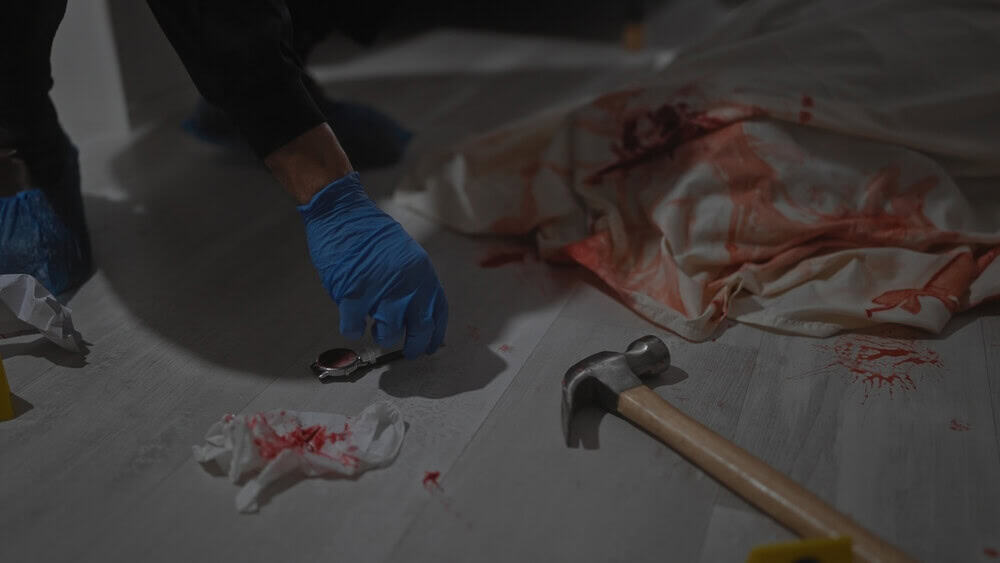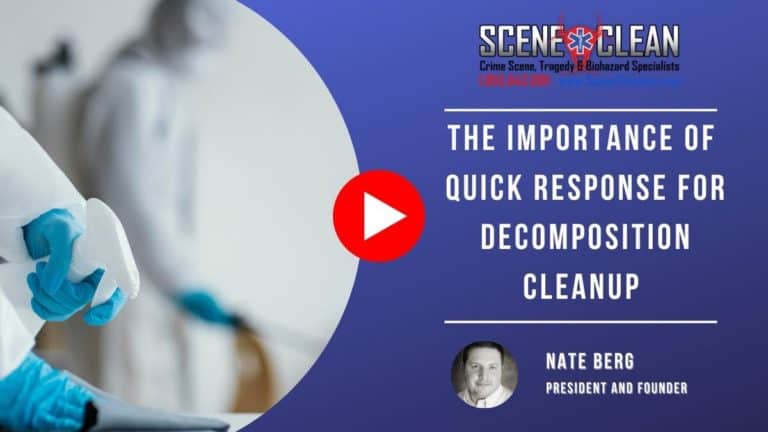Blood cleanup goes beyond what’s visible. When biohazardous materials are present, air systems can circulate harmful pathogens and odors throughout a space. Without proper decontamination, contaminants from decomposition or prolonged exposure can settle in ducts, creating ongoing health risks. If left untreated, these particles can lead to respiratory issues, infections, and persistent odors. Here’s why air system decontamination is essential and how professionals ensure thorough cleanup.
The Risks Lurking in Air Systems
Blood cleanup is a critical step in restoring a space to safety, but many overlook the role air systems can play in spreading harmful contaminants. Air ducts are designed to move air efficiently throughout a building. In cases involving decomposition or prolonged exposure to biohazardous materials, they can inadvertently circulate harmful pathogens and odors.
When Is Decontaminating Air Systems Necessary?
Not every situation involving blood cleanup requires air system decontamination. For instance, if the incident was isolated and promptly addressed, with no contamination reaching the ventilation system, additional cleaning may not be necessary. However, there are specific scenarios where neglecting the air ducts can have serious consequences:
- Decomposition cases: In instances where a body has been decomposing for days, weeks, or even months, the air system becomes a conduit for contaminants. As the body off-gasses during decomposition, particles can be drawn into the ducts, spreading hazardous materials throughout the property.
- Long exposure: Spaces left unattended or improperly cleaned after a biohazard incident may allow pathogens to settle and grow in the air system, creating a continuous source of contamination.
How Contaminants Spread Through Air Systems
Air systems are designed to optimize airflow, but this efficiency can work against you in the case of biohazard contamination. The air moving through the ducts can:
- Pick up microscopic particles from a decomposing body or biohazard spill.
- Distribute these particles into every room connected to the system.
- Introduce health risks such as respiratory issues, infections, or exposure to harmful chemicals used during incomplete cleanups.
This makes decontaminating the air system a crucial step in ensuring the space is truly safe for occupants.
The Decontamination Process
Professional cleanup teams often collaborate with third-party air system specialists to ensure a thorough decontamination. Here is what the process typically involves:
- Inspection: The air system is thoroughly inspected to identify potential contamination points.
- Cleaning: Specialized equipment is used to clean the ducts, removing visible debris, dust, and contaminants.
- Application of oxidizers: A liquid oxidizer is introduced into the system. This chemical neutralizes lingering contaminants, ensuring any pathogens or hazardous materials are broken down.
These steps are especially vital in cases involving decomposition, where the contaminants are not just surface-level but have permeated the environment over time.
The Importance of Professional Intervention
Attempting to clean an air system without proper training or equipment can be dangerous and ineffective. Professionals bring expertise and specialized tools to address these challenges. By relying on trained experts, you ensure that:
- All biohazards are removed safely.
- The air system is treated with EPA-approved chemicals to neutralize pathogens.
- The property meets health and safety standards for reoccupation.
Why Proper Decontamination Matters
Ignoring air system decontamination after incidents requiring blood cleanup can lead to:
- Health risks: Airborne pathogens and contaminants can cause respiratory issues, infections, and other health problems.
- Lingering odors: Without proper cleaning, the unpleasant smells associated with decomposition can persist for months.
- Legal and financial consequences: Properties left untreated may fail inspections or face liability issues, impacting resale value or rental opportunities.
Ensuring a Safe Recovery
Decontaminating air systems is a critical, often overlooked step in the aftermath of traumatic events requiring blood cleanup. While not every case necessitates this process, those involving decomposition or extended exposure to contaminants demand immediate action. Professional intervention ensures that the air you breathe is safe and that your space is truly restored.
Conclusion

Treating air systems as part of a comprehensive cleanup strategy is not just about removing visible signs of trauma—it’s about safeguarding health, preventing future issues, and providing peace of mind. Trust the professionals to ensure your space is as safe as it can be. Contact Scene Clean today.






